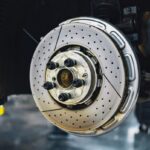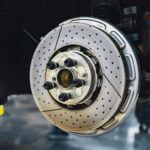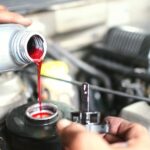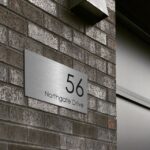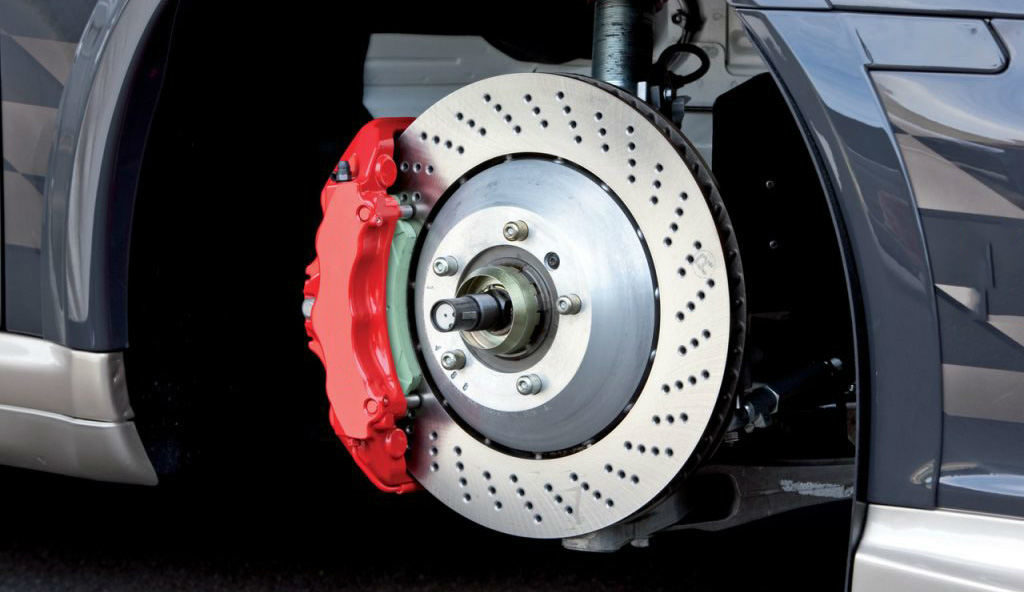
Brakes are probably the most important part of your vehicle when it comes to safety, which is why they should be well maintained and checked for any damage regularly. There are a few signs that you should look out for when starting your car. For starters, try and listen if you can hear a high pitched noise coming from them – that is usually a sign that the brakes need to be replaced. Vibrations coming from them is also a good sign that your ride’s brakes should be changed. These vibrations can be dangerous and they are usually a sign of a warped disc.
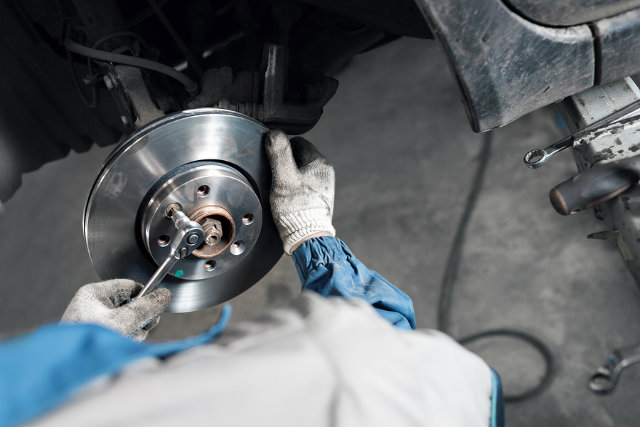
Also, if your brakes feel softer than usual, fluid and moisture might have contaminated the brake fluids and they have trouble performing as they should. Another common sign is the amount of time it takes your brakes to respond. If your car takes longer to slow down then chances are the brake pads are worn out. Finally, the last common sign that you have defective breaks is the car drifting to one side slightly more than the other when you are pressing on the brakes. Sticky calipers are usually the cause for this and they can make the car hard to control. Once you have realized that something is wrong with your brakes, you should visit your mechanic ASAP.
How to Find the Right Brake Discs?
You can use the papers of your car to find the exact size for all of your auto brake parts, however, you might not always have access to this info (if, for example, you’ve bought the car from another person and they haven’t given you the needed sheets). To make sure you buy the correct auto brake parts, it’s best to check the parts that are already fitted. To get the right discs, you need to measure the diameter of your existing discs – that way you know they will fit. You might be able to get a measurement of your discs without having to take the entire wheel off but it would be easier and more precise to measure them with the wheel removed.
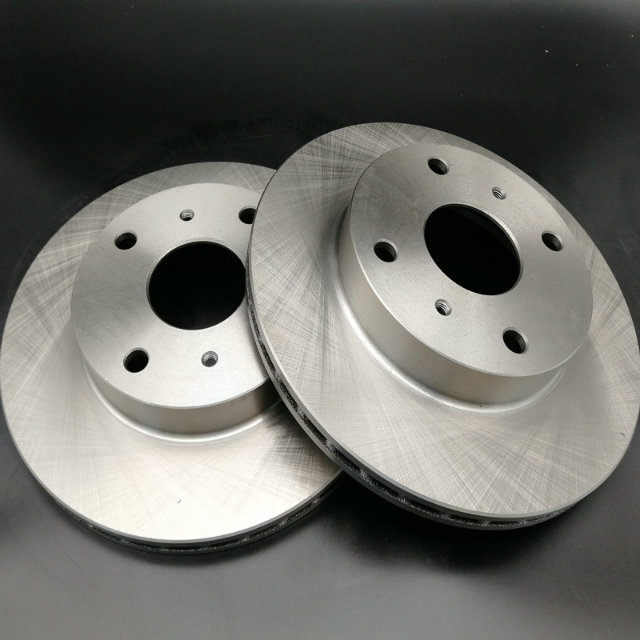
In order to get the exact measurements, it’s best that you use a digital micrometer. Another important detail to keep in mind is the number of holes there are on the disc; some discs are the same diameter but are installed with a different number of bolts. If your old disc was installed with four bolts, then you should find a four-bolt fitted disc that has the same diameter as the old one.
How to Find The Right Brake Pads?
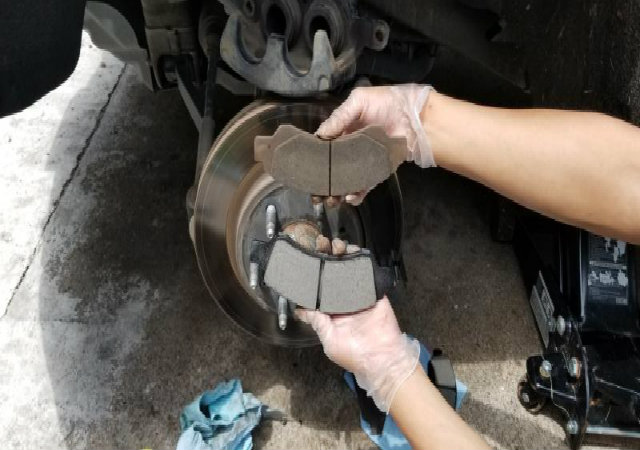
Again, the best and fastest way to find the right brake pads for your ride is to check the papers of your car or the brake pad that is already installed. If they are not available, measure the brake pad and take some reference photos for when you are browsing for your parts. You also need to check where your brake pads are installed – they can either be on the front or rear axle. This step is important as there are auto brake parts that are of the same size but are installed differently. Just as the disc diameter, the brake pads can be the same but still installed differently. To make sure your brake pads will fit the brake disc, don’t just measure the size of the disc but also measure the distance between the brake pads on each side. Then, compare the space between them and check if it is the same as the disc diameter; the numbers should match or be very close.
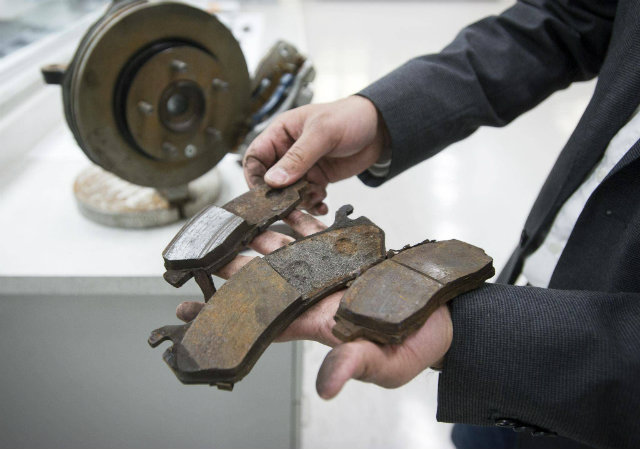
These auto brake parts not only need to be replaced, but they are also designed to be worn down and replaced in the way the system functions. Brake pads are specifically made from a combination of iron, copper, steel, and graphite all mixed together. They are made from soft metals so they can grip the disc and make the car decelerate without overheating too much or causing stress to the disc. The discs, however, are made from cast iron, carbon or even ceramics in some cases, their job is to absorb the heat and stress caused by the brake pads and safely stop the vehicle. Over time, these auto brake parts become worn out because of their constant use. The brake pads become thinner and thinner and so does the disc, which is why you should always check and regularly replace your ride’s brakes.

